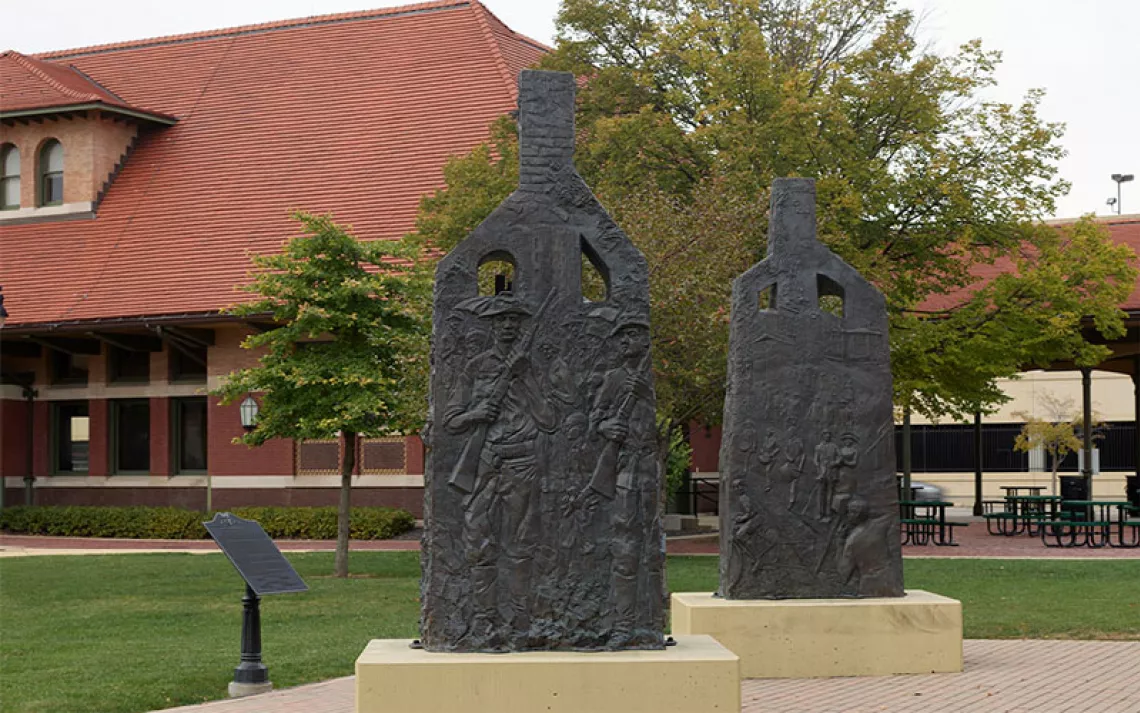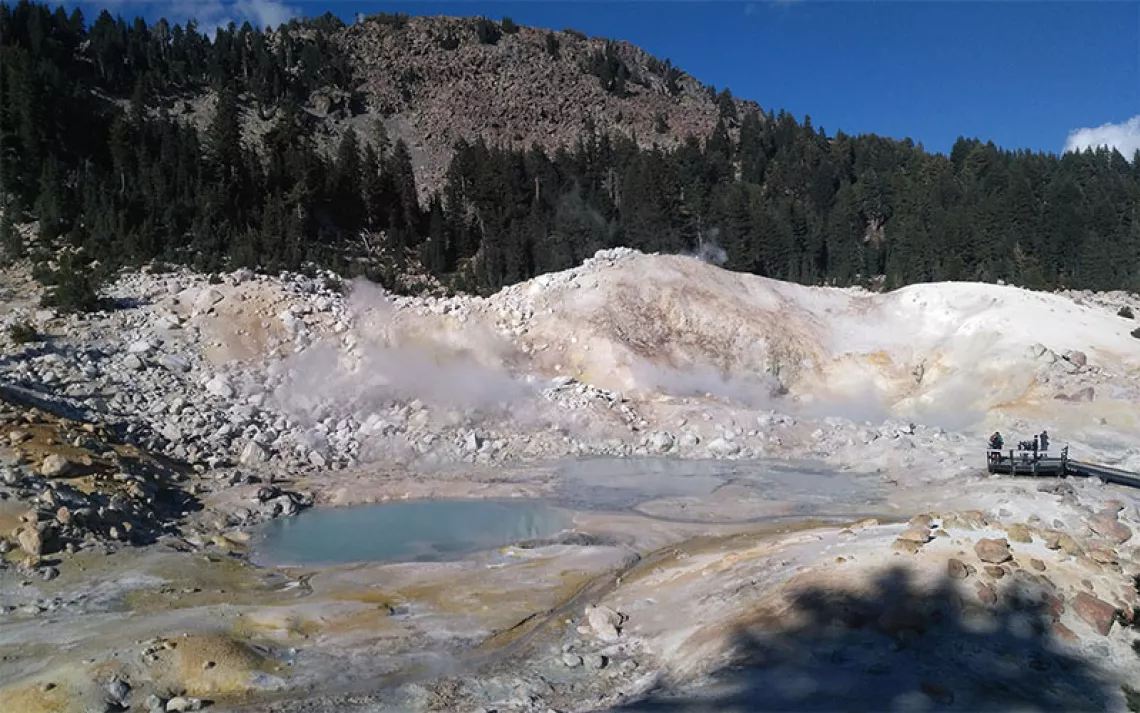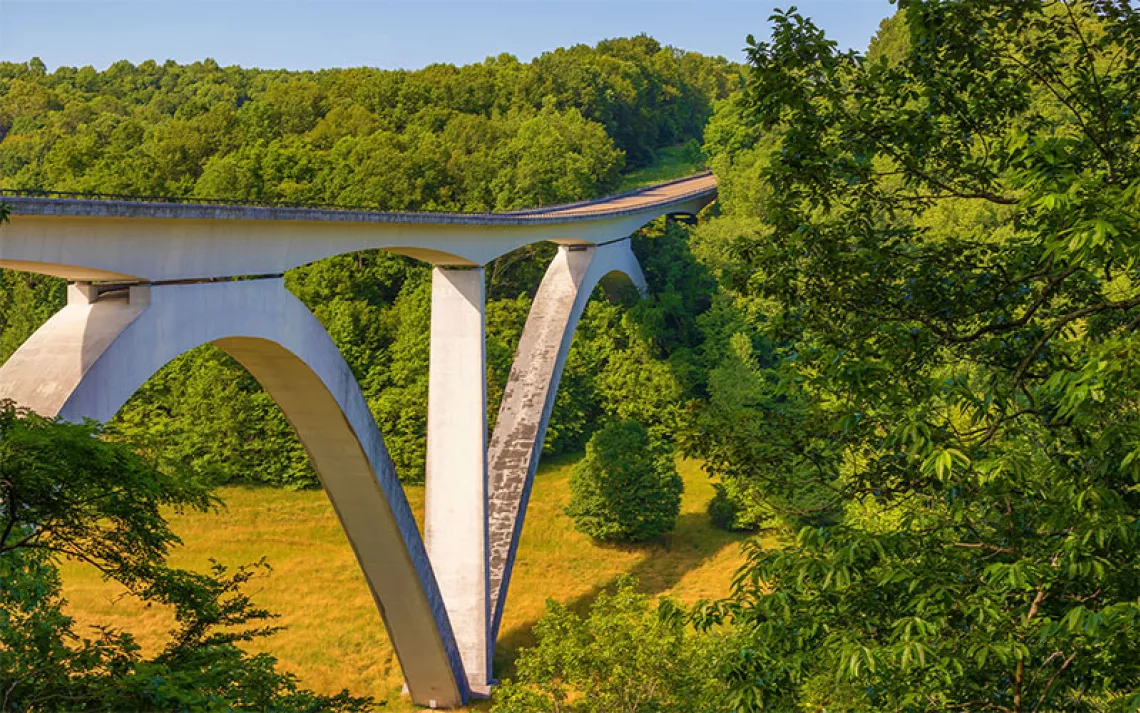The National Park Service Is Celebrating Its 100th Birthday—Here's a Look at Its Major Milestones
The NPS is an indispensable U.S. agency, but its mission took 150 years to evolve

View from Hidden Lake Trail in Glacier National Park.
|Photographs by Ian Shive
When the Yosemite Land Grant was established in 1864, no one could have known what had been set in motion. The National Park Service and its mission evolved in fits and starts, with missteps along the way. But 150 years later, the federal bureau whose sole purpose is to preserve and protect more than 84 million acres has firmly taken root as an indispensable U.S. institution. Here's a look at some of the milestones along the way.
1864
President Abraham Lincoln and Congress create the Yosemite Land Grant, preserving in perpetuity Yosemite Valley and the Mariposa Grove of giant sequoias and marking the first time the United States set aside land for conservation.
1872
Yellowstone National Park is created by Congress to protect the region's geysers, mud pots, travertine terraces, wildlife, and wilderness.
1890
Congress establishes Yosemite and Sequoia National Parks, vastly expanding the Yosemite Land Grant.
1892
John Muir and friends found the Sierra Club, in large part to prevent loggers and sheepherders from encroaching on Yosemite National Park.
1903
President Theodore Roosevelt and John Muir camp in Yosemite for three days. During the trip, Muir convinces Roosevelt to transfer control of the park from California to the federal government.
1906
Congress passes the Antiquities Act, which empowers the president to create national monuments. Teddy Roosevelt immediately establishes Devils Tower in Wyoming, followed by Grand Canyon, Zion, and Acadia.
1915
Rocky Mountain National Park is authorized after a struggle with loggers and miners.
1916
Congress creates the National Park Service, which will eventually oversee national parks, monuments, recreation areas, scenic trails, seashores, historic sites, parkways, reserves, and wild and scenic rivers.
1923
Hetch Hetchy Valley in Yosemite is flooded following an unsuccessful effort by the Sierra Club to protect it; Club leaders resolve to prevent such an invasion of the park system in the future.
1929
Grand Teton National Park is created (and eventually expanded in 1943 and 1950).
1933
The Civilian Conservation Corps is established to put men unemployed during the Great Depression to work on conservation, land management, and construction projects across the national parks and U.S. public lands.
1934-35
Two major eastern parks, Great Smoky Mountains and Shenandoah, are formed and eventually connected by the Blue Ridge Parkway.
1935
Big Bend National Park, one of the first major midcontinent parks, is established in Texas.
1935
Congress passes the Historic Sites Act, which emphasizes the parks' role in the preservation of U.S. history, including maintaining historic and cultural sites and creating historic interpretation and museums at the parks.

A walkway above Old Faithful in Yellowstone National Park.
1938
Olympic National Park is created. Conservationists will later have to fight to keep large swaths of the park from being handed over to the U.S. Forest Service for logging.
1940
Kings Canyon National Park is established, in part because of photographs by Ansel Adams.
1956
Congress approves the Colorado River Storage Project without dams in Dinosaur National Monument—the result of a major campaign led by the Sierra Club.
1956-57
The Park Service launches Mission 66, a celebration of the agency's 50th anniversary. The plan involves vast new developments in the parks.
1961-62
Cape Cod National Seashore in Massachusetts is established, followed by Point Reyes National Seashore in California.
1963
Influential reports by A. Starker Leopold and the National Academy of Sciences criticize the Park Service for putting too much emphasis on development and not enough on wilderness preservation.
1964
Congress passes the Wilderness Act, which provides a framework for protecting wilderness areas on federal lands, including those managed by the Park Service.
1966
The National Historic Preservation Act empowers the Park Service to create the National Register of Historic Places. There are now more than 90,000 sites on the register, including the Dexter Avenue Baptist Church in Alabama, headquarters of the Montgomery Bus Boycott.
1968
The Wild and Scenic Rivers System is created to protect America's free-flowing rivers and the areas around them.
1969
President Lyndon B. Johnson authorizes Marble Canyon National Monument, preventing the construction of two dams in the Grand Canyon. The monument is incorporated into Grand Canyon National Park in 1975.
1972
Golden Gate National Recreation Area is created. It is one of the world's largest urban parks and later becomes one of the most popular sites in the park system, with 14.5 million annual visitors.
1980
Congress passes the Alaska National Interest Lands Conservation Act, creating 43.5 million new acres of national parklands in the state. Now, 54 million acres in Alaska are stewarded by the Park Service.
1988
A major fire sweeps through Yellowstone, sparking a debate over the Park Service's fire-suppression policies and leading to ecologically informed prescribed burns.
1994
Death Valley National Monument is dramatically enlarged and declared a national park.
1995
Gray wolves are reintroduced into Yellowstone after having been extirpated from the area decades earlier. The result is a much healthier, better-balanced ecosystem.
2004
Great Sand Dunes National Park is established, and is later found to have one of the quietest soundscapes of any national park.
2015
The Park Service launches its Urban Agenda, outlining a commitment to increase its engagement with the over 80 percent of U.S. residents who live in cities.
 The Magazine of The Sierra Club
The Magazine of The Sierra Club



